I'm using the iOS face detector on all possible orientations of an image like this
for (exif = 1; exif <= 8 ; exif++)
{
@autoreleasepool {
NSNumber *orientation = [NSNumber numberWithInt:exif];
NSDictionary *imageOptions = [NSDictionary dictionaryWithObject:orientation forKey:CIDetectorImageOrientation];
NSTimeInterval start = [NSDate timeIntervalSinceReferenceDate];
glFlush();
features = [self.detector featuresInImage:ciimage options:imageOptions];
//features = [self.detector featuresInImage:ciimage];
if (features.count > 0)
{
NSString *str = [NSString stringWithFormat:@"-I- found faces using exif %d",exif];
[faceDetection log:str];
NSTimeInterval duration = [NSDate timeIntervalSinceReferenceDate] - start;
str = [NSString stringWithFormat:@"-I- facedetection total runtime is %f s",duration];
[faceDetection log:str];
self.exif=[[NSNumber alloc] initWithInt:exif];
break;
}
else {
features = nil;
}
}
}
but it seems in the profiler that the memory is growing each time:
Not sure if this is true, and if so how to solve the issue


